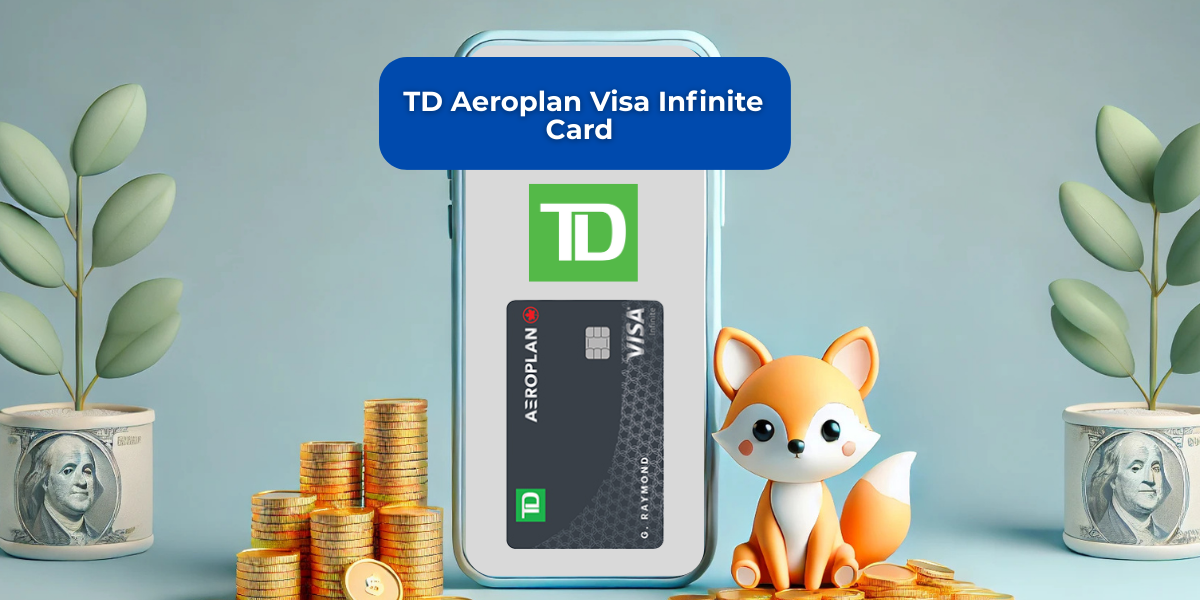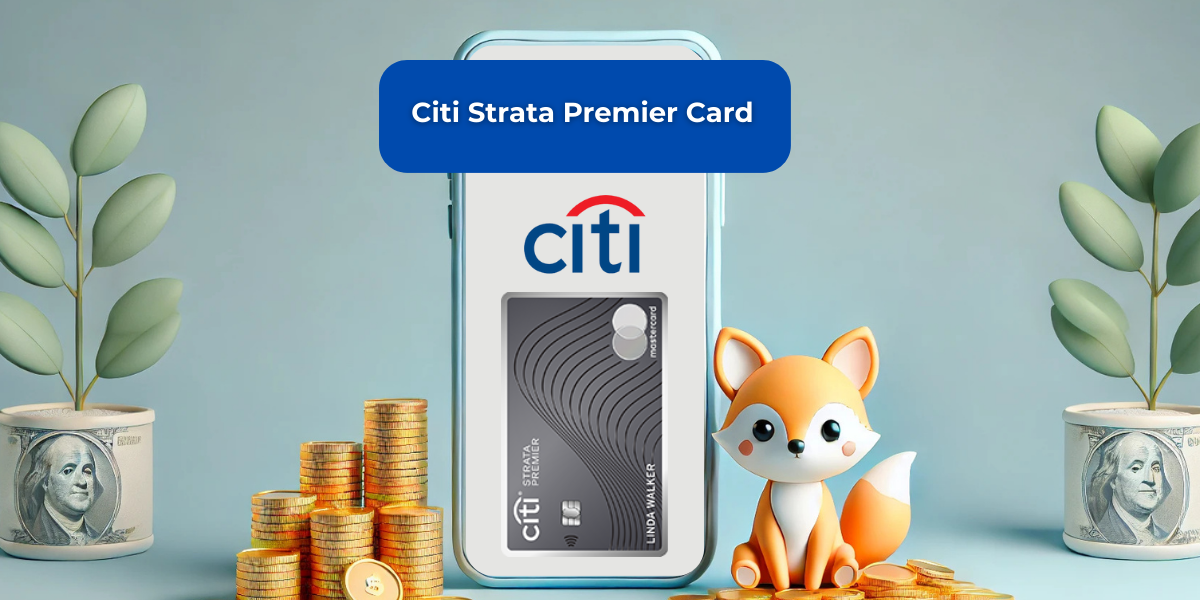Deciding whether to pay a high annual fee for exclusive perks can feel daunting. With fees from hundreds to nearly seven hundred dollars, it’s crucial to weigh the numbers and the experiences.
In this article, we break down everything you need to know to determine if a premium credit card can truly pay for itself—and then some.
What Are Premium Credit Cards?
Premium cards feature elevated benefits designed for frequent travelers and luxury enthusiasts. They often carry annual fees typically ranging from $395 to $695 but offset these costs with robust rewards and credits.
Examples of top-tier cards include:
- The Platinum Card from American Express: $695 annual fee, up to $1,600 in welcome offer value.
- Chase Sapphire Reserve: $595 annual fee, up to $1,230 in bonus value.
- Capital One Venture X Rewards: $395 annual fee, welcome offer valued at $1,388.
Additional contenders—Citi/AAdvantage Executive World Elite, Delta SkyMiles Reserve, Hilton Aspire—vary in fees and perks but follow the same model.
Key Benefits and Credits
Luxury travel program access and complimentary elite status often come standard with premium cards. These perks can translate into free nights, room upgrades, and waived resort fees.
- Airline fee credits: $200–$250 annually for incidental fees.
- Uber Cash or dining credits: Up to $200 per year.
- Global Entry/TSA PreCheck fee credit: $100–$300 every four years.
- Annual hotel credits: $200–$300 at select brands.
- Airport lounge access: Priority Pass, Centurion Lounges, or partner networks.
Travel insurance and purchase protections add peace of mind—trip cancellation coverage, lost luggage reimbursement, extended warranty, and cell phone protection.
Welcome Bonuses: First-Year Value
Premium cards often launch with one-time welcome bonus opportunities that can significantly offset the first-year fee.
Users typically earn 80,000–200,000 points or miles after meeting a minimum spend requirement in the first three to six months. At conservative valuations, these bonuses are worth $800–$1,600.
Evaluating Cost vs Value
To determine if a premium card makes sense, list the credits and perks you will actually use. Avoid double-counting maximum theoretical values—focus on realistic redemption scenarios.
If your annual benefits and bonus push your total take to beyond the fee, you’ve achieved net positive value after subtracting the fee. Otherwise, the card may not be worth keeping.
Remember that many credits require activation or enrollment. Missed deadlines or ineligible merchants can reduce effective value by up to 20%.
Who Should and Shouldn’t Consider a Premium Card
Ideal candidates are travelers clocking at least two round trips per year, luxury seekers enjoying complimentary upgrades, and high spenders in travel and dining categories.
- Frequent flyers who value lounge access and airline credits.
- Hotel loyalists leveraging automatic status for upgrades and free nights.
- Consumers who can meet minimum spend for the signup bonus.
Conversely, those who travel infrequently or can’t use $395–$695 of benefits annually should consider other options.
Tips for Maximizing Your Card Value
Monitor credits and enroll immediately upon opening your account. Track expiration dates for statement credits to avoid lost value. Use mobile wallet integrations for restaurant and ride-share credits to ensure automatic redemption.
Combine card perks with loyalty programs. Book through fine-hotel platforms to stack property credits, complimentary breakfast, and room upgrades.
Alternatives to Premium Cards
No-annual-fee and mid-tier cards—often charging $95–$195—can still deliver strong rewards rates on key categories without the heavy fee.
Examples include:
- Chase Sapphire Preferred ($95 fee, 60,000–80,000 point bonus).
- Citi Double Cash (no fee, 2% cash back on all purchases).
- Amex Gold Card ($250 fee, up to $240 dining credit annually).
Compare these against your personal spending and travel to choose the best fit.
Regulatory Considerations
Under Regulation Z, issuers must provide clear disclosures of fees, billing cycles, and terms. Review your cardmember agreement for details on fee adjustments and benefit changes.
Consumer protections extend to dispute rights on unauthorized charges and error resolution under the Truth in Lending Act.
Ultimately, a premium credit card can be a powerful financial tool—if you use its features mindfully. By adding up realistic credit values, factoring in annual usage, and comparing to your actual travel habits, you’ll know whether the card is an expense or a lucrative investment in your journey.
References
- https://thepointsguy.com/credit-cards/best-premium-travel-rewards-cards/
- https://fortune.com/article/are-premium-credit-cards-worth-it/
- https://www.nerdwallet.com/best/credit-cards/premium
- https://www.nerdwallet.com/compare/credit-cards
- https://thepointsguy.com/credit-cards/premium-credit-cards-worth-it/
- https://upgradedpoints.com/credit-cards/premium-luxury/
- https://www.consumerfinance.gov/rules-policy/regulations/1026/2
- https://www.luxurycard.com/compare










